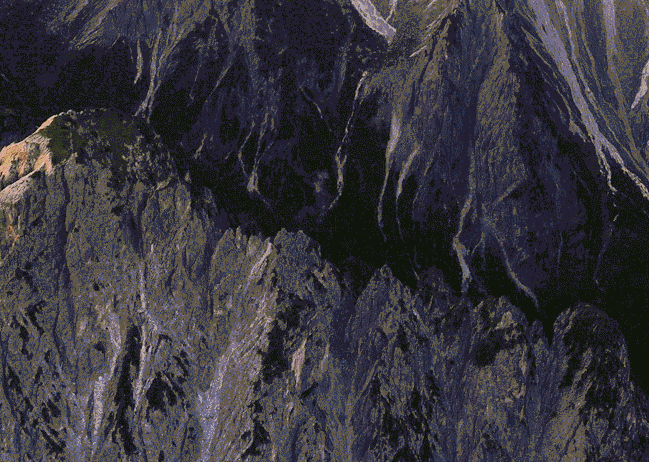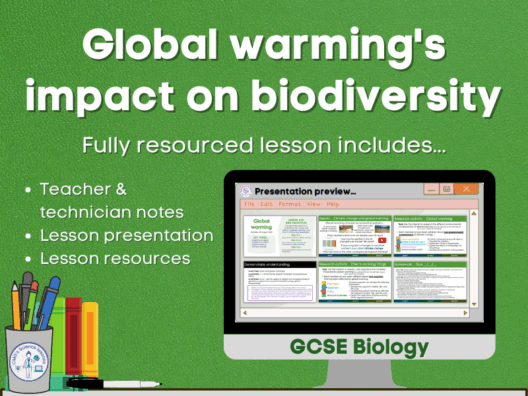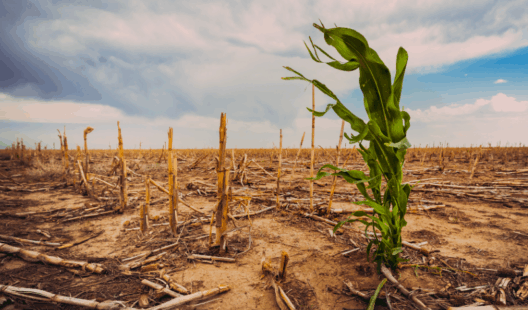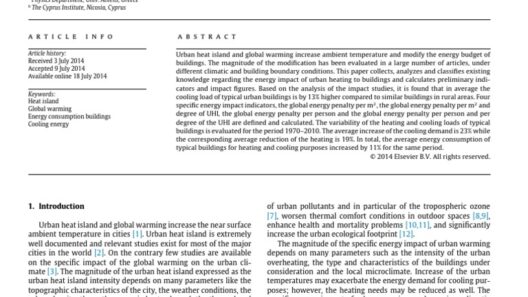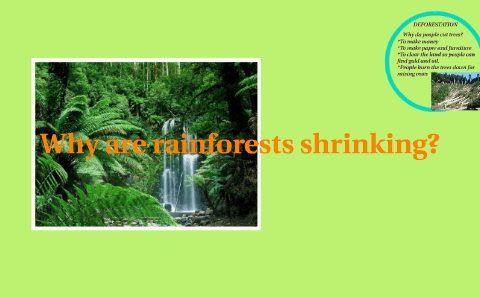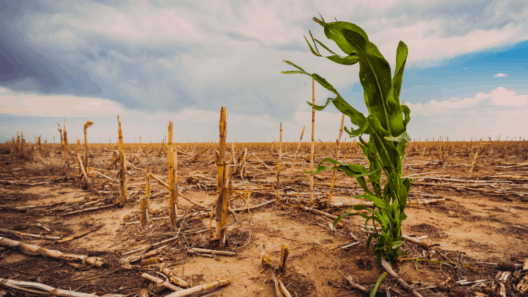The interplay between global warming and Dansgaard-Oeschger (D-O) events epitomizes one of the most enigmatic aspects of climate science. D-O events, characterized by rapid fluctuations in temperature over the last glacial period, occur in intervals ranging from 1,500 to 6,000 years. Given their abruptness, they stand as salient reminders of how dynamic Earth’s climate can be. The critical question emerges: does the current trajectory of global warming intensify these ancient climatic fluctuations? To address this, we must dissect the intricacies of these events, their historical implications, and the current climatic paradigm.
To commence this exploration, it is pivotal to delineate what Dansgaard-Oeschger events entail. These phenomena are marked by a swift increase in temperatures, often followed by a gradual cooling phase. They are principally identified through ice core studies from the Greenland ice sheets, revealing that during these events, temperatures could surge by as much as 8-16 degrees Celsius in just a few decades. This dramatic warming is often juxtaposed against protracted periods of relative stability, an auditory metaphor for nature’s unpredictable symphony.
In order to place D-O events within a broader context, one must examine their triggers. While the precise mechanisms remain partially obscured, prevailing theories suggest that feedback mechanisms involving ocean currents, atmospheric circulation, and greenhouse gas concentrations play crucial roles. Particularly, changes in the North Atlantic’s thermohaline circulation are posited as a significant catalyst for these abrupt transitions. As warm water from the equator flows northward, cooler, denser waters sink, thereby influencing climate patterns across vast regions.
Now enter global warming. The anthropogenic era is witnessing an unprecedented increase in greenhouse gas emissions, primarily carbon dioxide and methane. This escalation has led to a warming of the planet at a rate unparalleled in the geological record. Such rapid alterations in climate raise a potential challenge: could the driving forces behind D-O events shift in the face of global warming? What complexities might arise as the climate system reacts to both natural and anthropogenic influences?
Firstly, warming oceans could alter the delicate thermohaline circulation that is, as noted earlier, a crucial player in D-O events. The influx of freshwater from melting ice caps and glaciers could disrupt oceanic stratification, facilitating a more homogeneous distribution of temperature. This change may decelerate the Atlantic Meridional Overturning Circulation (AMOC), leading to a cooling in regions of the North Atlantic, while simultaneously sparking intense warming in others. Such a divergence in thermal patterns could create an atmosphere ripe for D-O-like oscillations.
Moreover, the melting of polar ice plays a fundamental role in reshaping climate dynamics. As glaciers retreat, they release vast amounts of freshwater into the ocean, a phenomenon that not only contributes to sea-level rise but alters salinity and, consequently, ocean currents. This interaction might catalyze a feedback loop, where rapid meltwater injection exacerbates temperature gradients. Such gradients have historically been a precondition for D-O events; hence, could we witness a resurgence of rapid climatic variability in our warming world?
Examining paleoclimatic records provides additional insights into this hypothesis. The consistency of D-O events during interstadial periods highlights a recurring theme of abrupt climate change, often tied to subtle variations in Earth’s orbit or solar output. As we venture further along the path of anthropogenic climate change, one must ponder: could we be igniting a contemporary framework for D-O events where human-induced alterations exacerbate natural variabilities? The potential for a future with intensified D-O-like conditions poses both a cautionary tale and an opportunity for constructive discourse.
Another layer of complexity arises from the interaction of atmospheric circulation patterns with warming. El Niño and La Niña phenomena are examples of how ocean-atmosphere interactions yield significant climatic implications. In a warming climate, the frequency, intensity, and patterns of these oscillations may alter, reshaping global weather events. The repercussions could extend beyond the scope of mere temperature changes, possibly eliciting shifts in precipitation patterns, droughts, or intense storm activity. These transitions disrupt ecosystems and human societies alike, displaying a kaleidoscopic array of effects.
Furthermore, one must consider the role of feedback mechanisms that govern terrestrial carbon sinks. Warming climates may lead to permafrost thawing, releasing additional methane—an exceptionally potent greenhouse gas—to the atmosphere. Such feedback loops can become self-reinforcing, leading to accelerated warming trends reminiscent of D-O events, amplifying the perturbations in the climate system.
As one contemplates the relationship between global warming and D-O events, it is essential to acknowledge the uncertainty enveloping climate predictions. While models project various scenarios, the intricate dance of natural and anthropogenic forces complicates definitive forecasts. Nevertheless, scientists remain vigilant, employing advanced climate modeling techniques to delve deeper into these convoluted interactions.
In summation, the potential interplay between global warming and Dansgaard-Oeschger events serves as a poignant reminder of how interconnected our climate system is. As we anticipate the implications of climate change, it becomes increasingly clear that understanding these fluctuations is paramount. Their reverberations could manifest in unpredictable consequences for ecosystems, societies, and the planetary health at large. Hence, the pursuit of sustainable practices and mitigative strategies becomes not just a necessity but an imperative for future generations. Can we redefine our relationship with the climate to avert the risqué allure of a future shaped by rapid climate oscillations? Only time, and our actions today, will tell.



